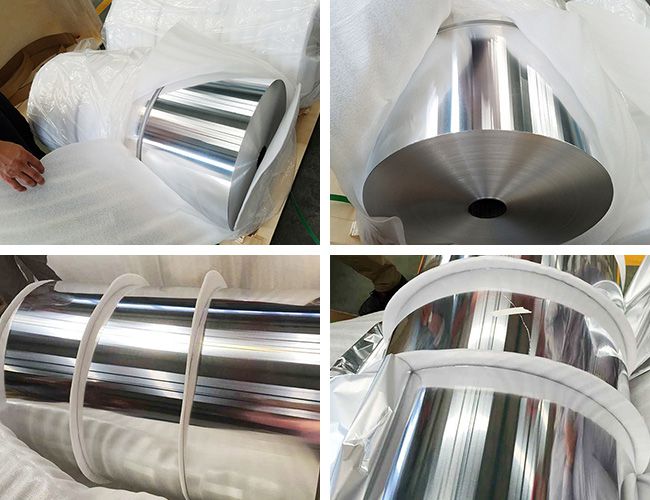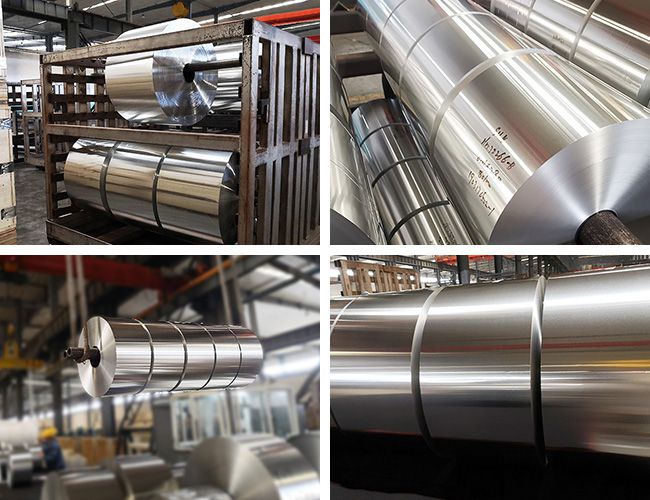Tempering of a material is described as the hardness or elasticity of metal, or in our foils. The two extremes on the scale are simply marked as hard tempered foil or soft tempered foil.
Softened foils are by far the more common of the two types of packaging because they are more malleable of the two and are suitable for wrapping tightly around three-dimensional products, such as a bar of chocolate or a bar of butter. Softened tempered foils are also preferred foils for lamination.

On the other hand, hard tempered foil is most commonly used in more rigid packaging, such as blister packs or pill packs. The relatively low burst strength of hard tempered foil makes it easier to push small objects like a single pill or battery through the foil while maintaining the integrity of the rest of the structure.
Soft tempered foil can tightly wrap objects of three denominations, like the chocolate shown here. Hard tempered foil is stronger and can be pierced without affecting its overall strength. As shown here, it is ideal for blister packs.

The gauge foil, or thickness, can range from as thin as 0.235 mils to as thick as 2 mils. Typically, the foil at the lower end of this range is laminated to film or paper, while the foil at the upper end can stand alone to wrap the top of a champagne bottle. Gauges usually measure in kilo inches (aka Mil) or microns (aka Microns). Most foil packaging uses for food and confectionary packaged foods range from 0.23 million to 1 million.
< About aluminum for automobiles Drawing of color-coated aluminum co... >
